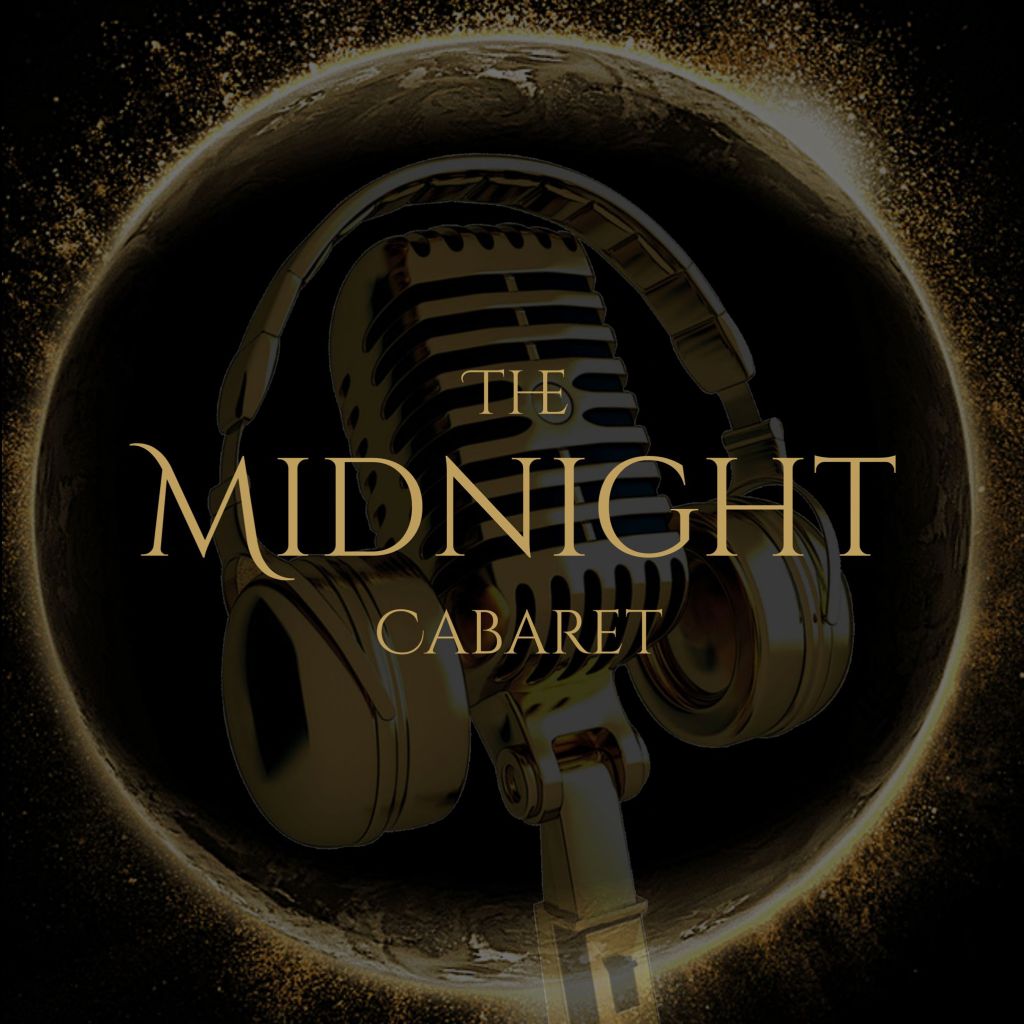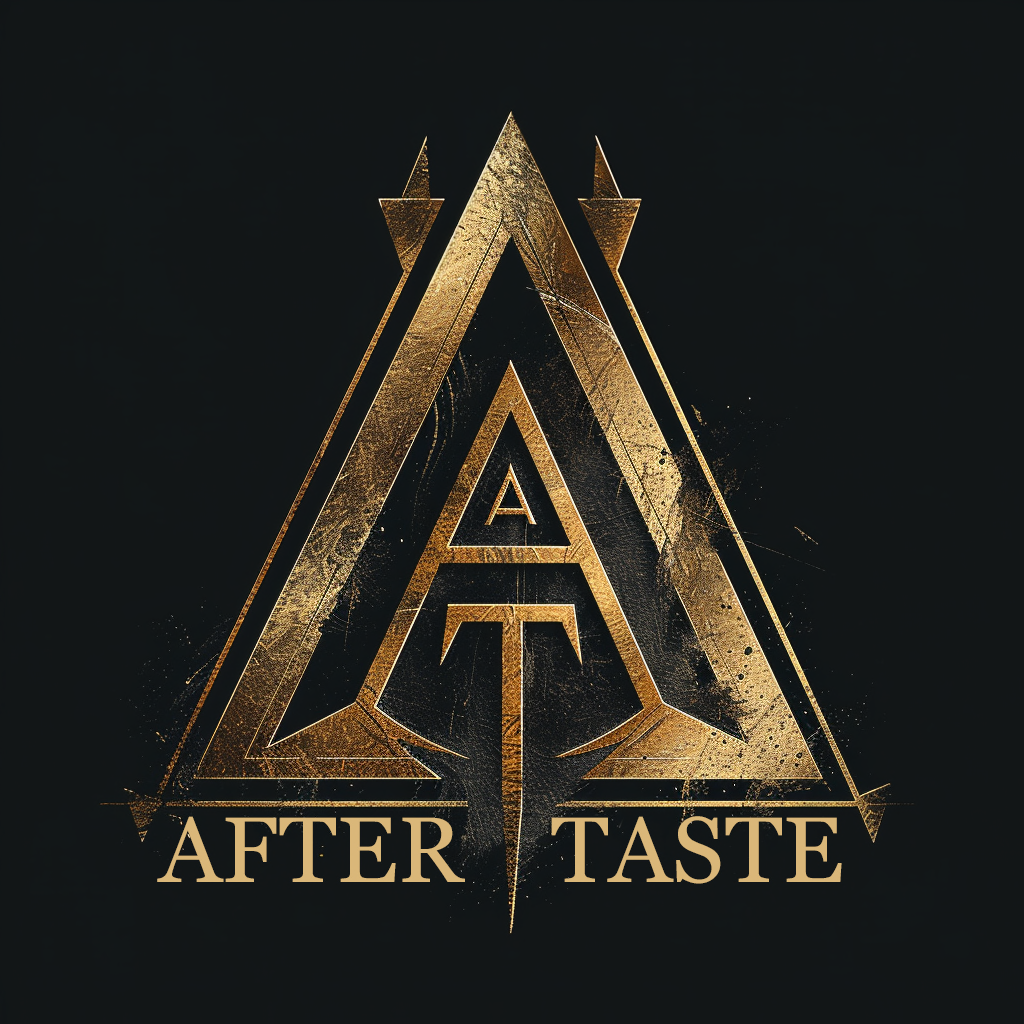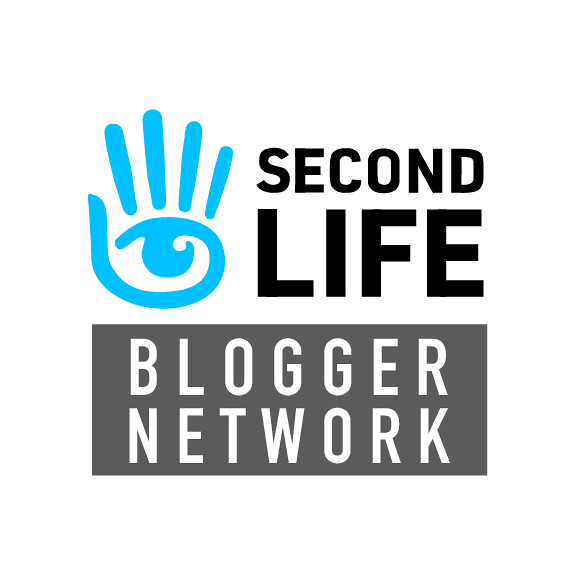[ad_1]

There are two basic ideas at the heart of virtually all horror tropes, and we’re never going to escape them
Every genre of story has its standing tropes. Westerns have black hats and white hats, face-offs between lone gunmen standing in the middle of otherwise deserted streets, and nearly mandatory shots of wide-open vistas under bright blue skies. Rom-coms have obligatory meet-cutes and post-blow-up reconciliations. Murder mysteries have their quirky detectives who make unlikely connections, noir stories have their femmes fatales and grievous setbacks for hardbitten heroes, musicals have their “I Wish” declarations of intent and their supposedly spontaneous choreography. In any genre you can name, there are long-established patterns for efficient, effective storytelling, and creators who have to decide whether to subvert those expectations, or give longtime fans of the genre what they’ve been trained to want to see.
But horror is the most trope-driven genre of fiction out there. It’s hard to name a single horror story or movie or TV show that doesn’t either draw on some form of familiar, longstanding trope, or establish one that’s subsequently been copied over and over. Horror is constantly being reinvented and redesigned, and it’s the genre that evolves fastest in response to every new cultural, social, or technological shift. But it’s still a genre of recurrence, of traceable and echoing patterns that link the first spooky stories told around a campfire to the nonstop barrage of cheap, enthusiastic indie films pouring onto streaming services today.
There’s a fundamental reason for that. And given what a wide field horror has become, and how hugely horror stories vary, it’s a counterintuitive reason. At its bloody, dripping heart, horror is about manipulating human fear to thrill and unsettle an audience. And humanity is really only afraid of a few basic things.
The fundamentals of fear
/cdn.vox-cdn.com/uploads/chorus_asset/file/22953140/TheHappening.jpeg)
Image: 20th Century Fox
Most people, if pressed, could lay out at least a few things they’re afraid of, whether they’re physical things like spiders or violent strangers, or more abstract possibilities, like unemployment or publicly humiliation. Horror stories similarly lay out a thousand scary scenarios, from the plausible (getting lost in the woods) to the possible but only remotely likely (getting eaten by a shark) to the downright impossible. (As much as M. Night Shyamalan wants people watching The Happening to be frightened by the wind spreading malevolent pheromones that make people spontaneously impale themselves on whatever comes to hand, that isn’t exactly a common occurrence.)
But virtually all human fears come down to two baseline terrors, and the first one is the biggest, darkest, and most far-reaching: the fear of the unknown. Nothing unnerves people like the understanding that they might have to deal with something they don’t have the experience or tools to deal with. And while horror stories put a thousand faces on that fear, after a while — after enough experience with the genre — all of those faces start to look like the bones underneath them.
“Fear of the unknown” can be splintered and reskinned in many, many ways to give horror stories their specificity. People are afraid of death, because they can only guess at what comes afterward. They’re afraid of the dark, because it has the potential to hide just about anything they could imagine. They’re afraid of newly created things, because the possible downsides haven’t fully been established yet. (Mary Shelley’s Frankenstein is effectively a scary story about the possible horrors electricity could bring to society, which is something we don’t worry about much anymore — we’ve moved on to making horror movies fussing over whether the internet might make ghosts better at murdering us.)
And on an atavistic level that’s just another form of “fear of death,” people are afraid of being prey instead of predators. Which is why so many horror stories feature things that want to eat us, from real-world animals to creatures out of folklore, from our own ill-advised scientific creations to unknown critters from other worlds.
Beyond the basic survival questions of what wants to devour us, lay eggs in us, or just kill us for fun, we’re afraid of the unknowns inherent in our own bodies. Science doesn’t fully understand how the human brain works, or how to fix it when something goes wrong. So we have an endless array of exploitative and paranoid movies about insanity, which can run the gamut from complicated cultural commentaries like American Psycho to mad-slasher movies like the Halloween and Friday the 13th franchises, where “insane” is synonymous with “murderous, implacable, and nearly invulnerable.”
We’re similarly afraid of what happens if our bodies break down in ways we can’t predict or control, which drives fear-of-aging movies like Shyamalan’s Old and The Visit, stories about fast-spreading diseases like Stephen King’s The Stand, and body-snatchers stories where something unknown has the power to steal our shapes and identities. We’re also terrified of what happens if someone else damages our bodies, leading to decades of increasingly graphic horror stories about kidnappers and torturers, sadists and rapists, serial killers and mad scientists.
Other people are a constant source of unknowns. Even with your nearest and dearest, you can never actually directly access what someone else is thinking. It’s a short jump from there to the knee-jerk fear of anything that looks or acts human enough to fool people, but has a secret face and a secret agenda, and might sidle up to us in a tempting way. Vampires, fairy-tale shapeshifters, and Scarlett Johansson’s alluring hunter-alien in Under the Skin are all just extreme ways of expressing our fears that our trust in other people might be misplaced, and that we might drop our guards around someone (or something) with ill intent.
Even the most innovative horror films of the last decade ultimately fold into that basic, fundamental fear of the unknown. The adversary in It Follows is scary because it’s incredibly strong, implacable, and deeply malevolent, and because it always looks like someone its victim knows, until it attacks. But above all, it’s scary because no one knows what it is, or how to stop it. The titular creature in The Babadook is unnerving because of its eerie presentation and the mysteries around what it is and what it wants — and even when those questions seem to be answered, it still represents the fundamental unknowability of people. Hereditary is full of shocks that push the envelope on viewers’ discomfort, but it’s ultimately about people with hidden agendas that the protagonists don’t know about, and don’t know how to counter, until it’s too late. Scratch just about any horror movie’s surface, and the blood beneath it is just that old fear of the unknown, hiding under a new and elaborate skin.
The second source of fear
/cdn.vox-cdn.com/uploads/chorus_asset/file/22953153/EvilDead2.png)
Photo: Lionsgate
But fear of the unknown is only half of the big picture of horror tropes. The only other baseline terror that matches it, in terms of getting to the root of horror stories, is the fear of isolation. Not only are we afraid of facing something we don’t understand, we’re afraid we might have to do it alone. Most people grow up with at least some level of societal conditioning that says there are structures in place to protect, guide, and guard us.
Life experience may give us plenty of reasons to be cynical about how much the government, the police, our teachers and bosses and parents, or any other designated authority can or will help us when we’re in trouble. But even so, horror stories are strongest when they cut out even the possibility of that appeal to authority.
Horror creators have found chilling ways to exploit the threat and dread of isolation, from early Gothic conventions, like sending a character off to a distant country house to live among strangers, to modern ones, like unplugging a character’s phone every time he tries to charge it. More futuristic horror allows a variety of new ways to isolate people: The fear behind Alien’s tagline, “In space, no one can hear you scream,” is the implication that the victims are literal light-years from comfort or help.
Remote cabins in the woods, defunct and abandoned carnivals or farms or ghost towns — they’re all tropes because they all represent different kinds of isolation. The cops who dismiss the protagonist as hysterical, the mayor who refuses to close the beaches after the shark attacks, the mentor who gets body-snatched first and lures other people to their doom — they’re all tropes because they help shut down any sense that protection or rescue is an option. Humans are social animals, and we have the same sense as any other pack creature that there’s safety in numbers, and danger in being left behind for whatever predators follow.
The promise of horror
/cdn.vox-cdn.com/uploads/chorus_asset/file/22953176/JasonPartV.jpeg)
Photo: Paramount Pictures
But there are only so many ways to isolate people, just as there are only so many ways to depict the unknown. So horror constantly returns to long-established ideas and time-tested images, because the well of fears that are universal enough to unnerve a mass audience only runs so deep. Finding a new way into these basic ideas presents a huge challenge for horror creators, given what a crowded and heavily mined field horror has become. That’s the threat of walking on well-trod ground: If a given book, game, film, or show doesn’t live up to the best examples of the genre, there’s a cadre of horror fans who are all too eager to loudly sigh and point at some previous example that did the trope better.
But the huge library of established horror tropes represents an opportunity, too. For one thing, horror’s heavy use of tropes means that creators can draw on the successes of everyone who worked the terror mines before them. People watching a great horror movie aren’t necessarily frightened solely by what’s onscreen. Their memories of how badly similar stories have ended for other characters help build the tension. One reason film-franchise killers like Michael Myers, Jason Voorhees, Jigsaw, or Pinhead still keep viewers on the edge of their seats is because they know exactly what happens to most of the unlucky people who encounter them. When a knife-wielding slasher stalks a victim in a horror game, or characters in a ghost story start feeling an unexplained chill, or the words “Day One” ominously appear onscreen in a zombie movie, horror audiences feel a frission of anticipation, because they know what’s coming — they just don’t know when, or how bad it’ll get.
Even for creators drawing on the exact same trope — say, that fear of shark attacks, and of being eaten — there’s still room for an infinite variety of tones and themes, approaches and angles. World-building and character-framing can turn one shark story into a heightened classic like Jaws, another into a giddy thriller like Deep Blue Sea, and a third into a muddled middle-ground movie like Great White. Horror stories’ effectiveness generally don’t come from which tropes they use, so much as how well they build stories around them.
It’s also well worth remembering that most of the greatest and most memorable horror stories mix and match tropes, taking advantage of the infinite number of combinations. Stephen King’s IT isn’t just an evil-clown story. Its monster is also a shapeshifter and mind-reader, an inhuman thing that can look as human as it needs to be in order to prey on the most vulnerable and isolated people it can find. The Thing isn’t just an alien story, it’s a bodysnatcher movie and a study in isolation and “Who can you trust?” paranoid dynamics. The Exorcist is about an unknowable and powerful entity, but it’s also about loss of innocence, loss of physical control, loss of faith, and the gross-out factor of being covered in green vomit. And so forth and so on.
Horror stories all come from the simplest promise: We’re going to scare you. It’s exciting to be afraid for a little while, and then remember that you were safe all along. More often than not, fulfilling that promise means drawing on some of the tools that always work, and always have worked, even if the details change over time. But there’s a darker, more complex promise running under the genre: We don’t ever have to worry about running out of stories that scare us, because we’re always going to be scared of the same two things. We can never know everything, and we can never escape the ways in which we’re alone. That’s bad news for humanity, maybe, but it’s great for horror creators. They may have to go back to the same well over and over for scares, but it’s a deep, dark well, and it’s one we’re never really going to be able to fill.
[ad_2]
Source link
Sign up for our newsletter now!







